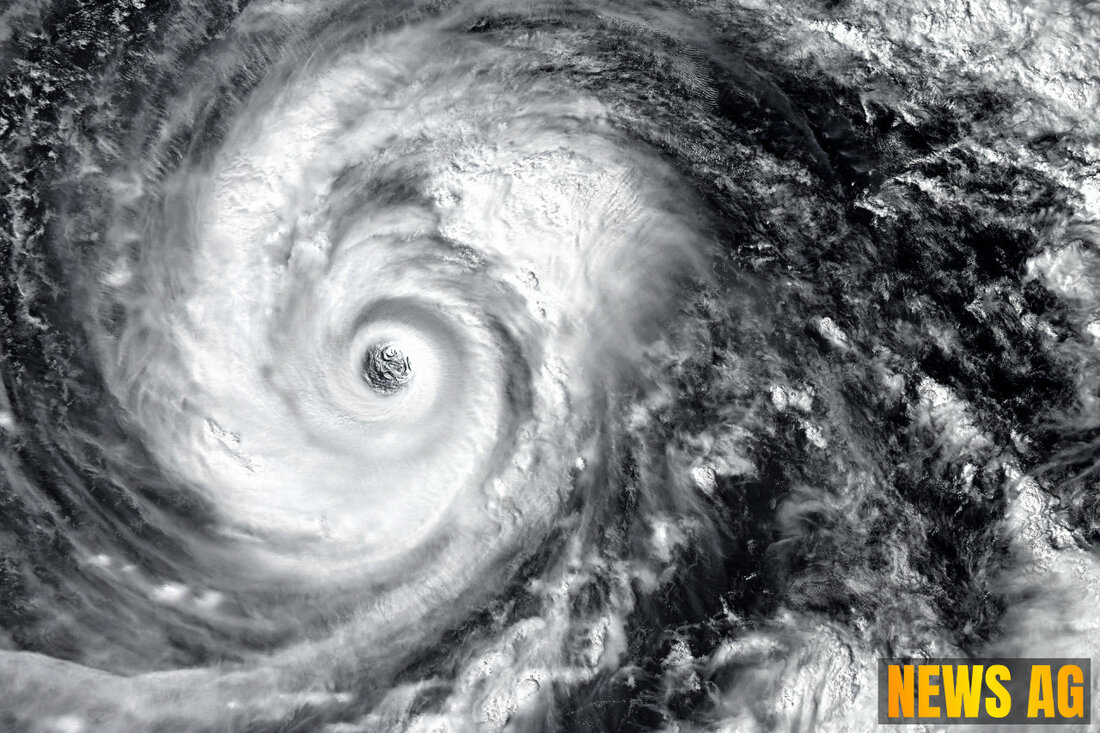Collier County's Tourism Surges but Visitor Spending Hits New Lows
Collier County sees visitor growth amid declining spending, with economic impacts reflective of broader tourism trends.

Collier County's Tourism Surges but Visitor Spending Hits New Lows
In Collier County, the tourism landscape is taking some unexpected turns. The numbers may show an uptick in visitors, but when it comes to spending, things aren’t looking quite as rosy. Recent reports indicate that while the county saw a 3.8% increase in visitors in June 2023, totaling 215,400, the spending habits of those very visitors have taken a notable dip. In fact, direct spending fell to $173,270,200, marking an 11.6% decline compared to the previous year, as described in Marco News.
This decrease in spending is echoed in the first half of the financial year, with total economic impact suffering an 11.9% drop down to $239,459,400. Notably, restaurants felt the brunt of this decline, with spending dropping by over 25.8%. Meanwhile, shopping expenses weren’t any better off, plummeting by more than 24.3%. It’s clear that visitor behavior is shifting, as confirmed by local business owner Bella Fidalgo, who noted consumers are displaying increased hesitancy when it comes to their wallets. FOX 4 Now underscores how, despite a bright spot in hotel occupancy—up 3.5% in June—consumer spending lags behind earlier trends.
Visitor Trends and Economic Impact
The complexities of tourist spending reveal much about the current economic climate. While Collier County’s occupancy rose to 53.5%, it seems that fewer travelers are opting to splurge on local dining and shopping experiences. In fact, for the quarter ending in June, visitor spending overall dropped by 4.1%, reflecting a concerning trend that mirrors wider patterns observed across the state and nation.
It’s intriguing how these numbers play into the broader picture. Take Lee County, for instance. There, visitor numbers climbed to nearly 863,000, a 6.7% increase, yet visitors were still holding back on restaurant spending. Their marketing budget sits at $14.3 million, which aims to rejuvenate recovery efforts from Hurricane Ian. Despite a 6% decrease in overall occupancy, the supply of rooms has increased by over 13%, leaving a mismatch between capacity and visitors. Clearly, challenges exist in both counties when it comes to balancing numbers with actual spending.
The Bigger Picture of Travel and Preferences
Turning our gaze a bit wider, the dynamics of travel and tourism are undoubtedly undergoing transformation. As highlighted by Statista, advancements in technology such as artificial intelligence (AI) are playing a pivotal role in how travel companies operate today. Almost two-thirds of tech investments in travel focus on AI and machine learning, aiming to enhance the traveler’s booking experience.
As travelers become more conscious of where they spend their dollars, factors such as overtourism and climate concerns are guiding destination choices. There’s a noticeable interest in “coolcations” and nighttime experiences like “noctourism,” showing that shifting trends are at play. While the interest in travel remains buoyant, the ways in which and where people choose to visit is evolving.
In summary, Collier County’s tourism scene is at a crossroads—visitors are coming, but are they spending? The increasing occupancy rates point to a resilience in the area, yet the lag in spending raises questions about what it wants to be when it grows up. Will tourists learn to loosen their purse strings, or will hesitancy continue to shape their choices? Only time will tell, but one thing is for certain: there’s much to ponder in the corridors of Collier County’s tourism industry.

 Suche
Suche
 Mein Konto
Mein Konto